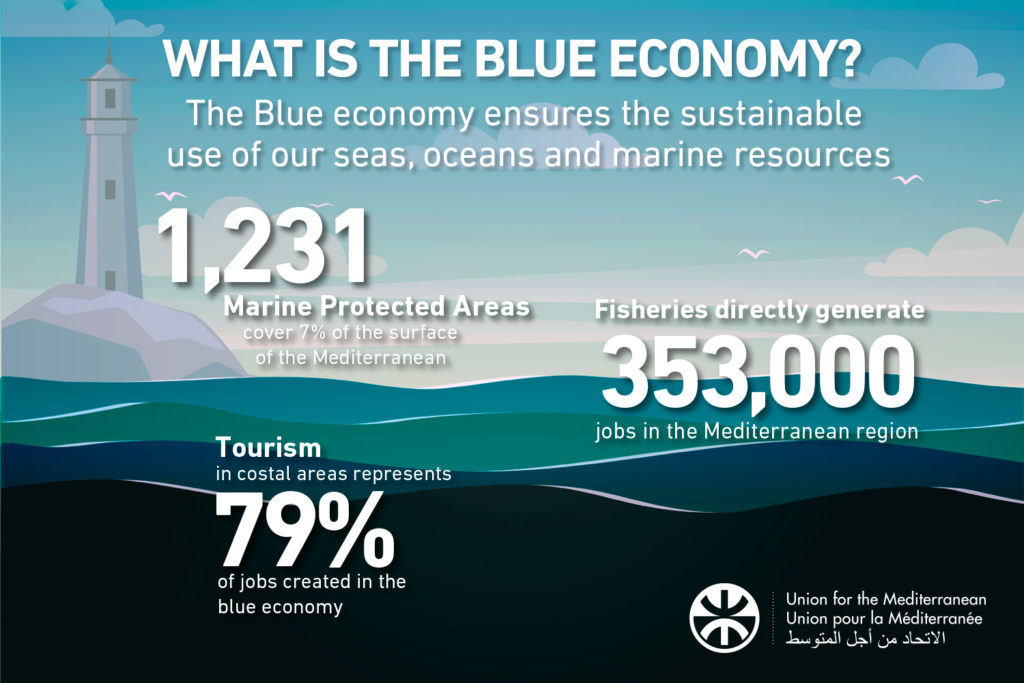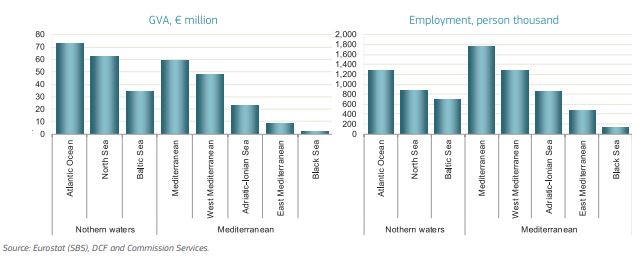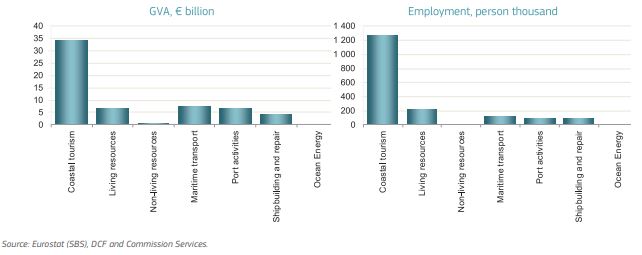The UfM Ministerial on Blue Economy of 2015 refers to Blue Economy as “the set of human activities depending on the sea and/or underpinned by land-sea interactions in the context of sustainable development, and notably including industrial and service sectors such as aquaculture, fisheries, blue biotechnologies, coastal and maritime tourism, shipping, ship-building/repair, ports, ocean energy and marine renewable energy, including offshore wind, which are among the main traditional and emerging economic maritime sectors in the Mediterranean Sea basin” (*1) .

At the UfM Ministerial meeting on Blue economy held in Brussels on 17 November 2015, Ministers from the 43 UfM countries recognized the potential of the Blue Economy to promote growth, jobs and investments and reduce poverty while stressing that healthy seas are drivers and enablers for national and regional economies. Six years after the first UfM Ministerial Declaration, Ministers adopted a new declaration on Sustainable Blue Economy on the 2nd February 2021, firmly committing to cooperate closely and address joint challenges in key blue economy sectors (*2).
A sustainable Blue Economy allows society to obtain value from the oceans and coastal regions, whilst respecting the long-term capacity of the oceans to regenerate and endure such activities through the implementation of sustainable practices. This implies that human activities must be managed in a way that ensures the health of the oceans and safeguards economic productivity, so that the potential they offer can be realised and sustained over time(*3) .
In terms of evolution, the economy (for both Gross Valued Added (GVA) and employment) has been taking off in the Mediterranean Sea basins especially over the last three years, particularly in the East Mediterranean, driven by the expansion of coastal tourism (*3) .

Figure 1 The EU Blue Economy by sea basin, 2017: Gross Value Added (GVA) and employment

Figure 2 The Mediterranean Sea basin Blue Economy by sector, 2017: Gross Value Added (GVA) and employment
However, the Mediterranean Sea is a fragile ecosystem that suffers different pressures such as overfishing, pollution, illegal fishing, coastal degradation, climate change and marine litter, among other impacts. Studies show that the average density of plastic in the Mediterranean Sea is 1 item per 4 m 2 , becoming a basin with a great accumulation of plastic debris (*3) .
The recent COVID-19 crisis is predicted to impact heavily on the Mediterranean Blue Economy sectors such as tourism, maritime transport and fisheries. For instance, prices for marine fishery products in the region have declined between 20% and 70% during the COVID-19 outbreak principally driven by a drastic decline in the demand from the hotel/restaurant/tourism industry, the limited ability to export to international markets and the temporary over-availability of fresh fish leading to wastage (*4) .
The key publications and reports related to Blue Economy can be found in the Blue Economy Library.
(*1) Union for the Mediterranean (2015), Ministerial Conference on Blue Economy, http://ufmsecretariat.org/wpcontent/uploads/2015/11/2015-11-17-declaration-on-blue-economy_en.pdf
(*2) Union for the Mediterranean (2021), Ministerial Declaration on Sustainable Blue Economy, https://ufmsecretariat.org/wp-content/uploads/2021/02/Declaration-UfM-Blue-Economy-EN-1.pdf
(*3) Cózar, et al, 2015. Plastic accumulation in the Mediterranean Sea. PLoS One 10, e0121762.
(*4) FAO & CMCM, 2020. Fisheries and Aquaculture in the Mediterranean and Black Sea: A preliminary analysis of the impacts of the Covid-19 crisis.

